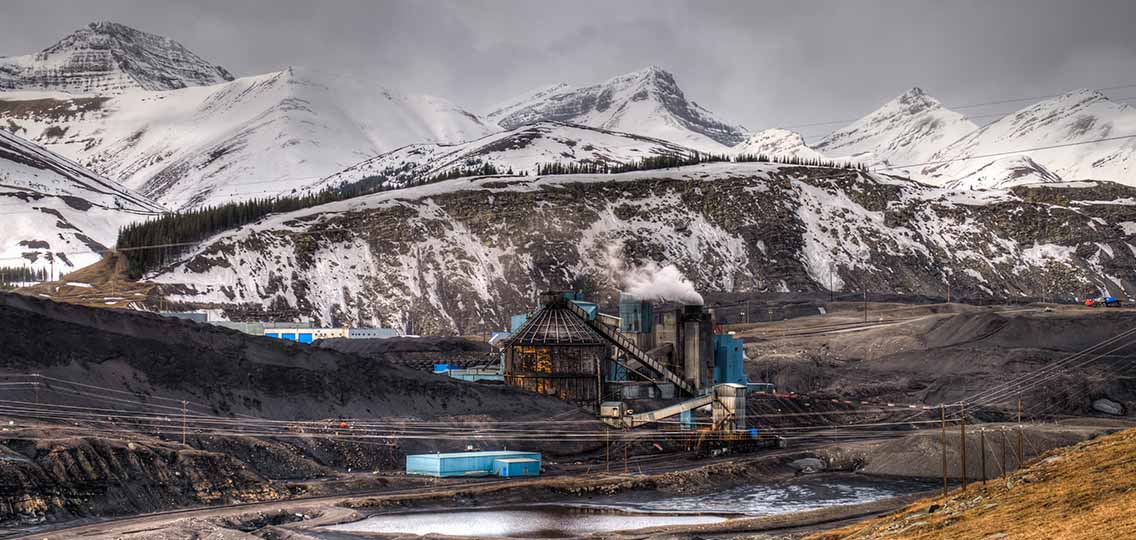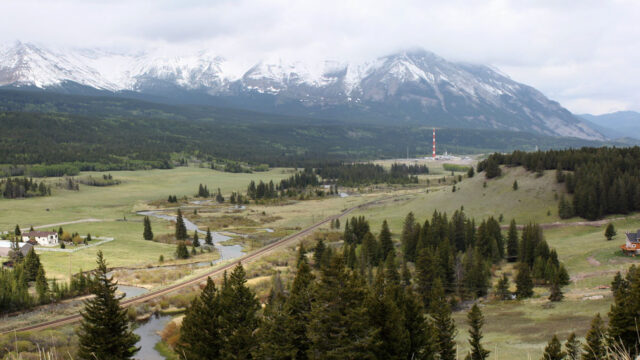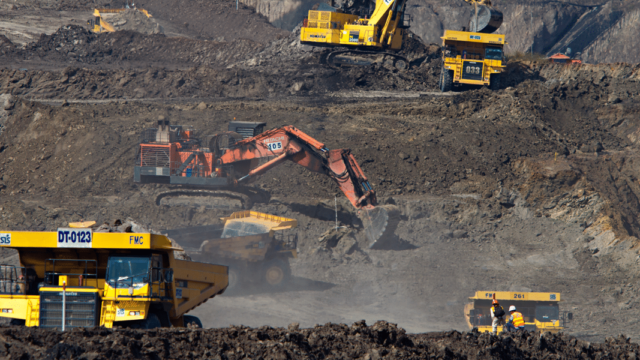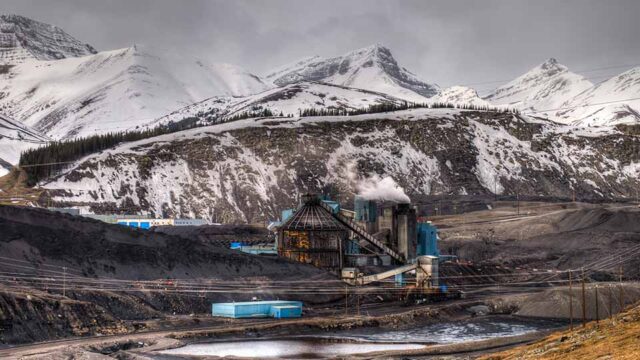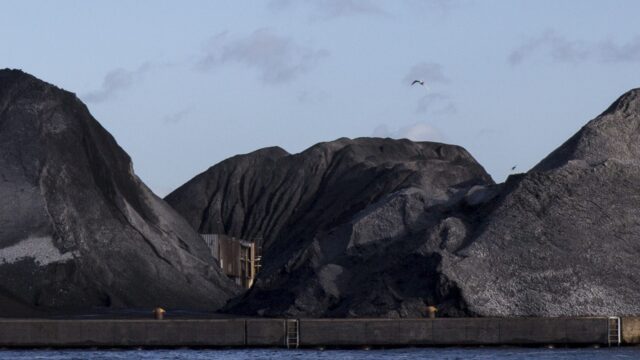If using metallurgical coal to make steel only resulted in exorbitant carbon emissions, that would be bad enough for the environment. But the damage from this heavy-polluting fossil fuel goes far beyond accelerating the climate emergency.
The cumulative impacts of the mining, transportation, and burning of metallurgical coal harm the environment and surrounding communities. These harms include violations of Treaty and Aboriginal rights, selenium contamination of fish and wildlife habitats, destruction of species at risk habitat, and poisoning of watersheds.
Proposed metallurgical coal mining projects of concern include the Elk Valley coal mine expansions in British Columbia and the Grassy Mountain and Tent Mountain coal mine projects, both located in Alberta.
Ecojustice – on behalf of First Nation communities, environmental organizations and local groups concerned about the impacts of metallurgical coal mining – has long called for all metallurgical coal mining projects to be subject to a federal environmental impact assessment.
Impact assessments are crucial because they identify and evaluate the environmental, health, social and economic effects of mining projects – including impacts on Indigenous rights and communities – and determine whether and how those impacts can be avoided or at least mitigated. To pass an assessment, a mining company must demonstrate that a project’s benefits outweigh its potential harms and is in the public interest.

